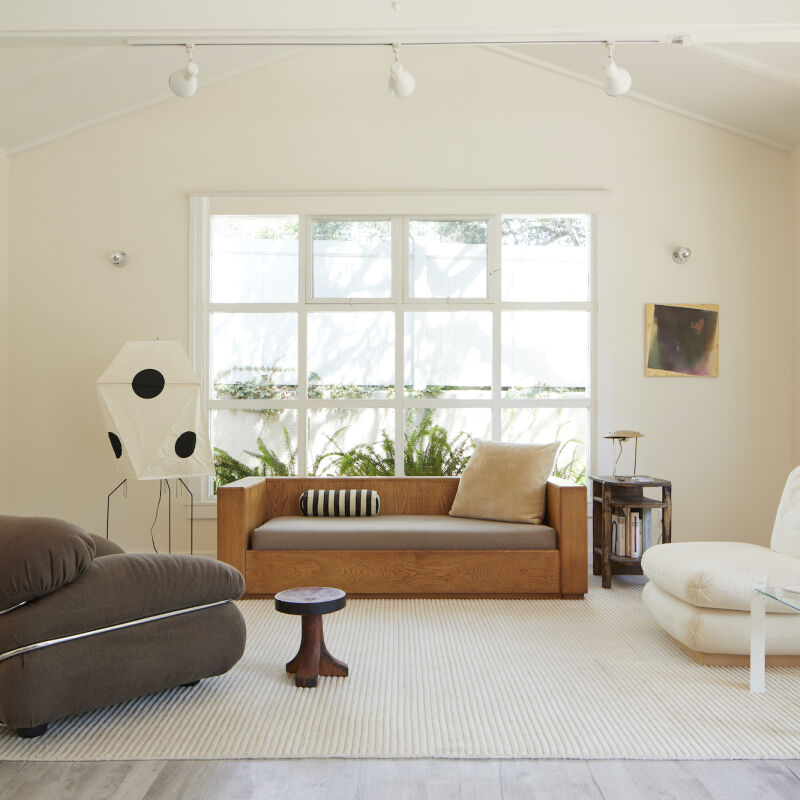A framed piece of Senegalese textile art in a Brooklyn house tour captured our attention recently. After discovering its source, St. Frank, we were delighted to find that there’s more where that came from. The San Francisco store, which was named after St. Francis of Assisi (the son of a wealthy textile merchant, who devoted his life to helping the poor), was founded by Christina Bryant in 2012 with two core goals in mind: to economically empower artisans from low- and middle-income countries and to preserve their textile traditions. “I realized that it was difficult to find beautiful pieces for my home that spoke to my values as a global citizen. I wanted my home to tell the story of who I am, and that desire was the foundation for building St. Frank,” she told Forbes. The St. Frank stores (there are outposts in New York City and East Hampton) carry a large selection of handmade wares—table linens, throw pillows, rugs, and more—but it’s their collection of framed textiles, sourced from all over the world, that impressed us most. Here are a few favorites.
Featured photograph by Nicole Franzen, from Rehab Diary: Monochromatic Luxe in Park Slope.




More textiles love ahead:
- Into the Wild: Evangeline Linens in Portland, Maine
- Made in a Converted Monastery: Handwoven Textiles from Abbatte of Segovia
- Vintage Japanese Textiles Made New by a New York City Workshop




Have a Question or Comment About This Post?
Join the conversation (2)